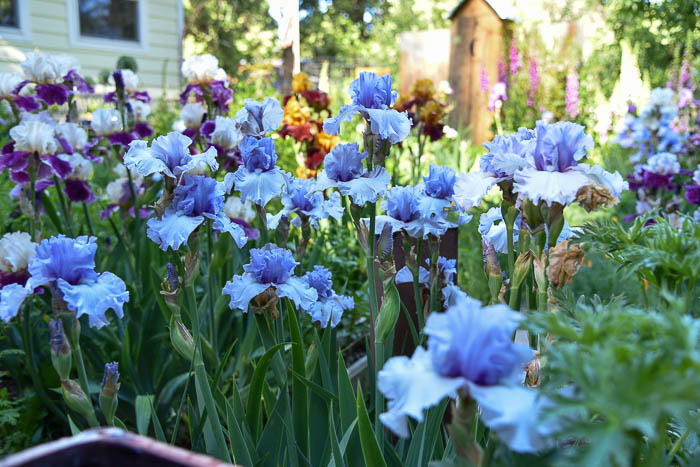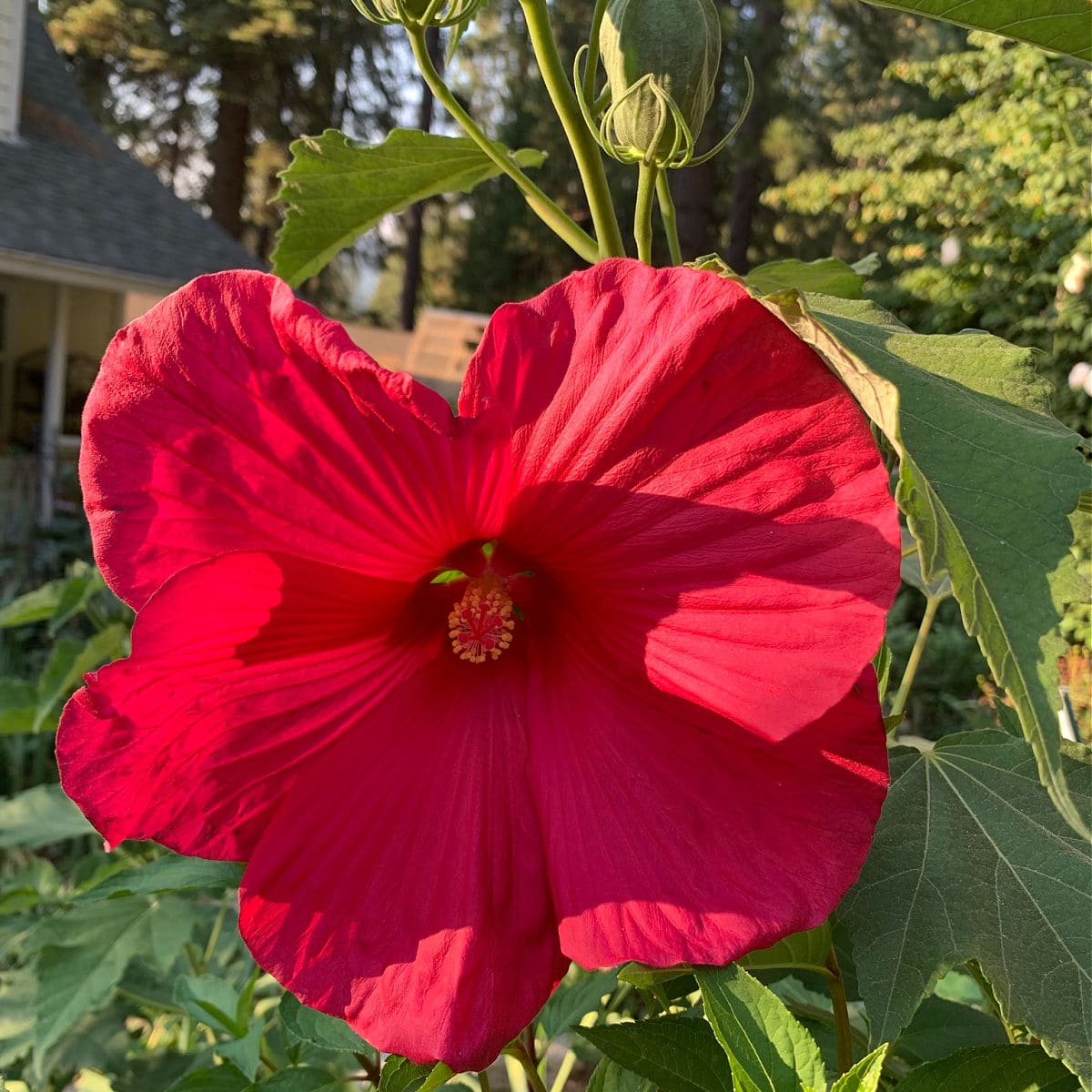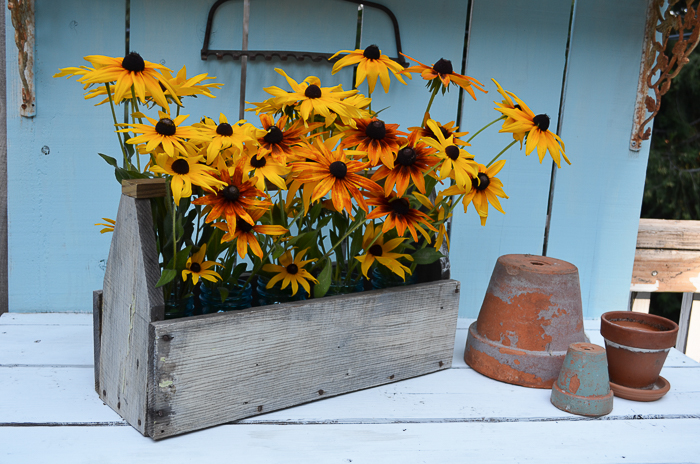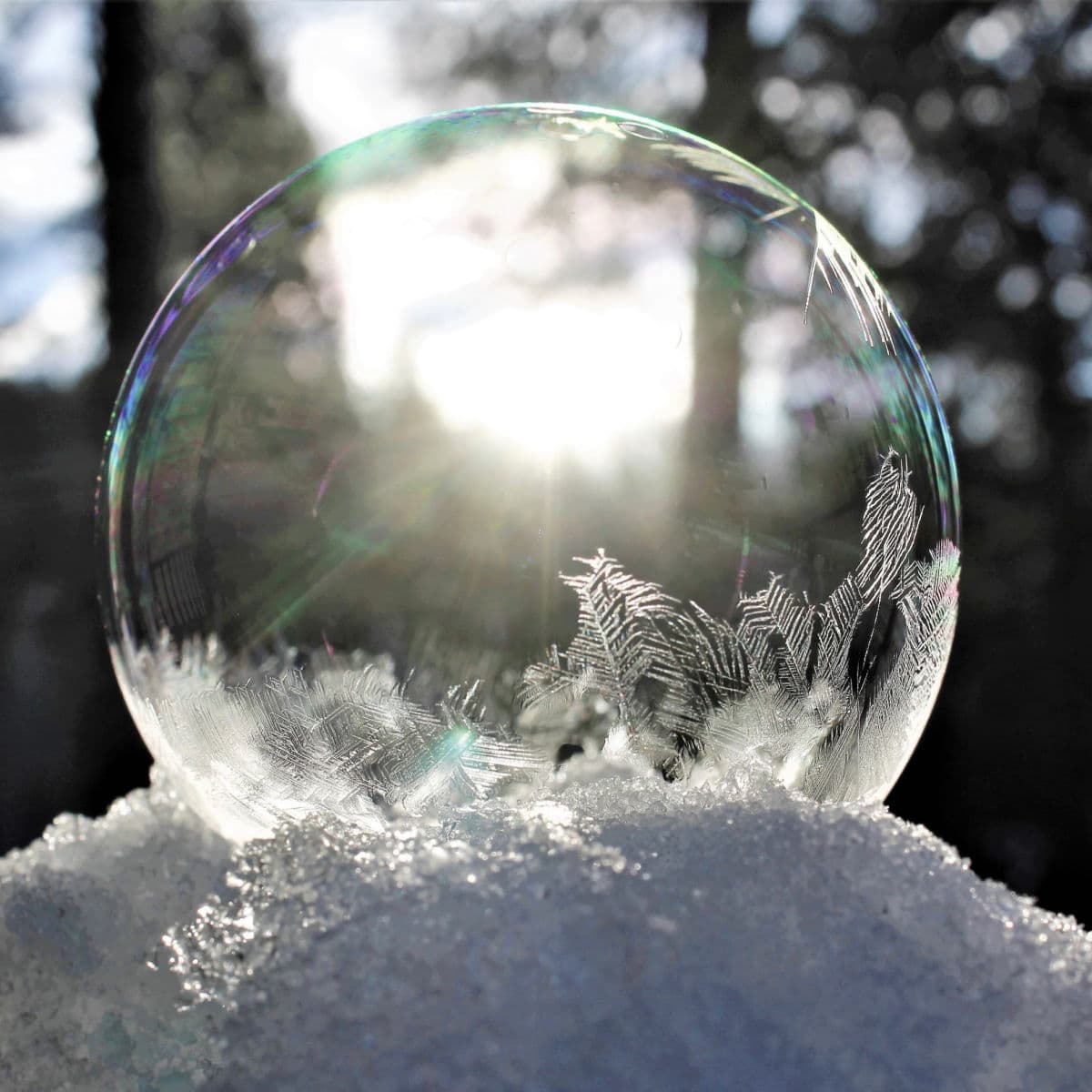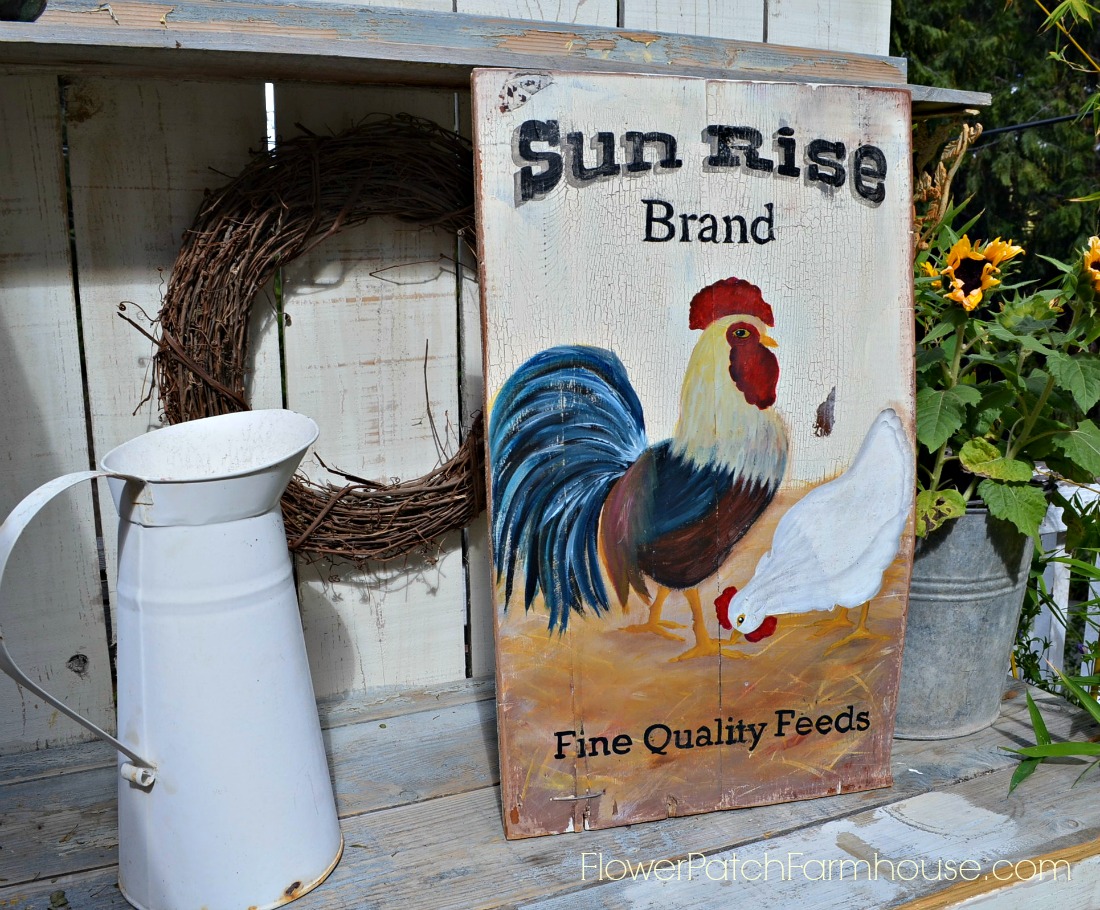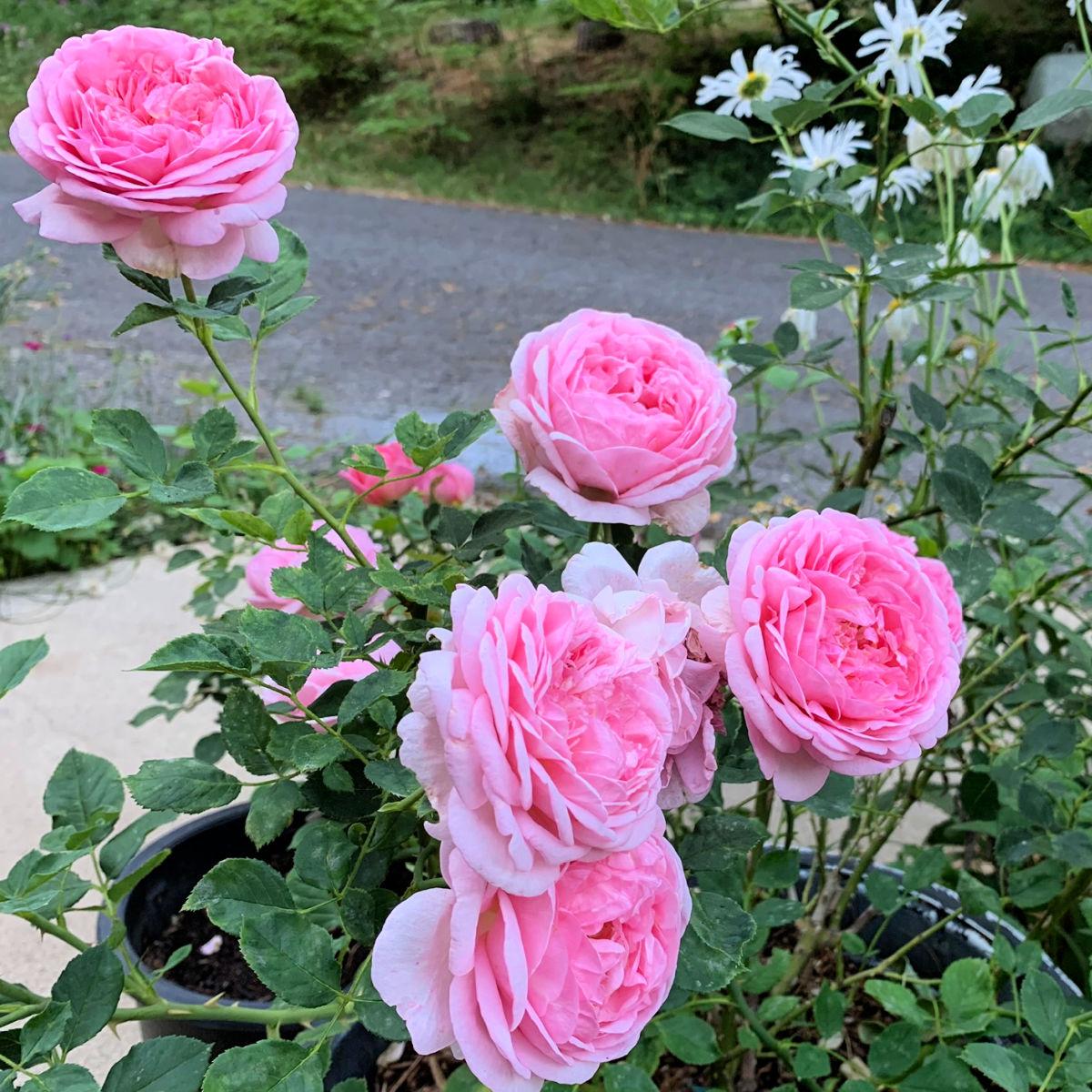How to Grow Monarda Bee Balm in Your Garden: Tips for Success
Do you love growing easy, bright flowers that not only smell great but also attract pollinators in the summer? Monarda aka Bee Balm is perfect for you. Growing Monarda Bee Balm is rewarding for everyone including beginner gardeners.
In this blog post, we will discuss everything you need to know about growing monarda in your garden!
- What is Bee Balm aka Monarda
- Why Grow Monarda
- Where to plant Monarda
- How to Grow and Care for Bee Balm
- Gorgeous varieties of Monarda to Grow
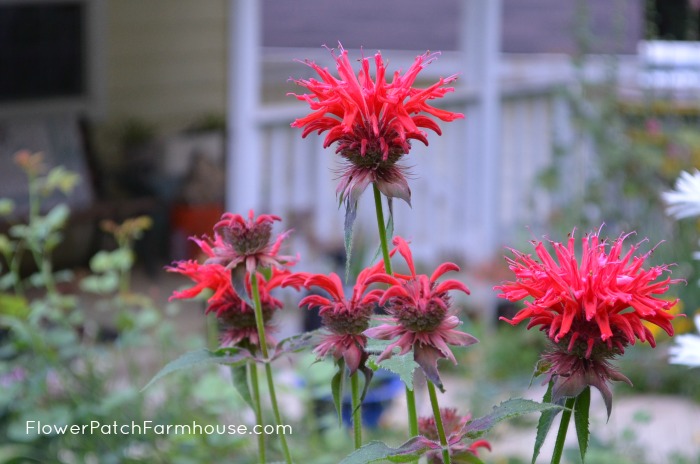
What is Monarda aka Bee Balm?
Monarda is a tough perennial plant that comes back year after year. Being in the mint family it spreads by underground stolons and can get aggressive. You can easily keep it in check by digging and dividing.
I typically just pull up by the stem in areas where I don’t want it or slice out a division with a sharp shovel. You can also plant them in the ground in pots which will prevent them from spreading.
The shorter types make great container plants.
It is loved by many gardeners for it’s fuzzy topped display of beautiful blooms in red, pink, purple, or white in mid-to-late summer.
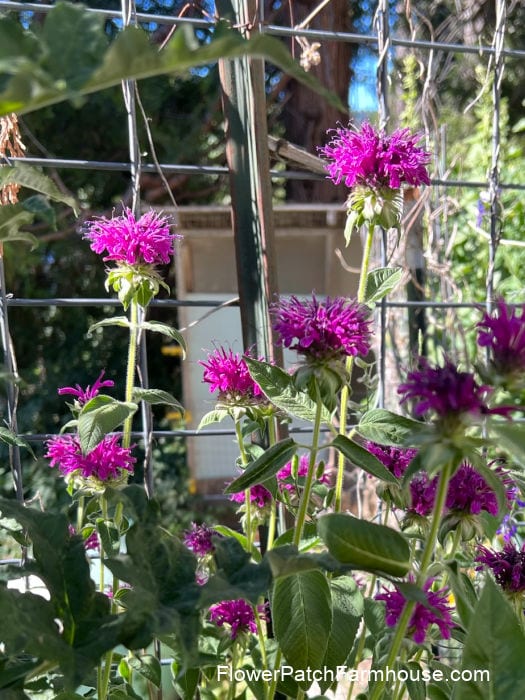
Why Grow Monarda?
Want to attract and feed wildlife in your garden? Growing Monarda will help you do that! Bee Balm is a beautiful North American native plant that attracts bees, hummingbirds, and other pollinators in droves. The seed heads will attract birds in the fall and winter.
Another benefit is it gives off a wonderful minty scent during the heat of the day or whenever you touch it. Bee balm is also a great choice for gardeners who are looking for plants that are resistant to deer and pests.
The beauty of the way it spreads by underground runners is it can provide soil stabilization
Where to Plant Bee Balm
Bee balm performs best in full sun but will bloom in partial sun (4 to 6 hours) as well. In the partial sun, taller varieties tend to get leggy so support will be helpful. Plant it in rich, well-draining soil about 18 to 24 inches apart.
Placement in the garden beds can depend on the variety of Monarda. Sizes range between 10 inches to 4 feet tall. Newer colors and compact varieties are being added all the time.
Amending your soil with compost or aged manure can improve the drainage, fertility, and quality making your garden beds suitable for most plants including Bee Balm.
Once established, Monarda can be a relatively drought-tolerant plant but blooms best when kept moderately moist during the growing season.
Many Monardas are susceptible to the fungal disease, powdery mildew. Planting where it gets good airflow helps to mitigate problems with fungal problems. There are also hybrids that have been bred to be more mildew resistant.
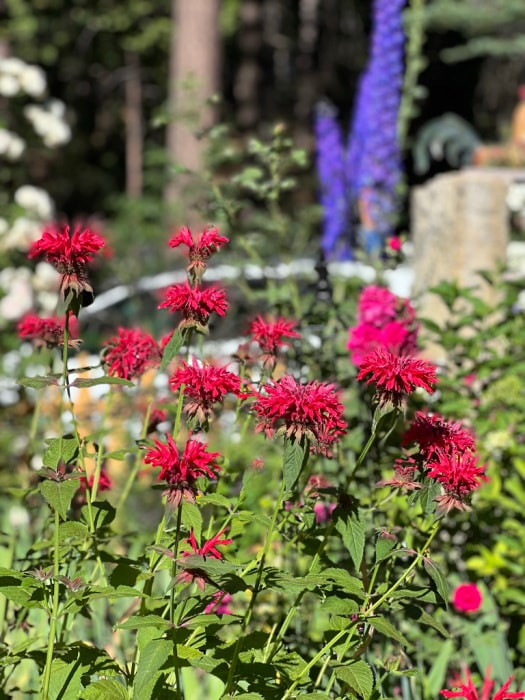
How to Grow and Care for Bee Balm
Plant Bee Balm in Spring or Fall. It is best to divide it in early Spring for transplanting but I have done it throughout the season. You can pot up the divisions to give away as well.
Always water well at planting. Mulching helps to retain moisture and can prevent weeds.
When using for a bouquet cut when the flowers are beginning to open.
Deadhead spent blooms to encourage re-blooming. Deadheading the main stem allows the side shoots to develop and bloom.
In the Fall you can cut the plant back to about 2 inches tall or leave them for the birds to feast on in winter. We have cold winters and mine tend to die back completely but return from the roots in Spring.
Divide the plants every 2 to 3 years to keep the plant healthy. If left alone they tend to die out in the center.
Fertilizing monarda isn’t necessary if you have added compost to your soil. Compost acts as a slow-release fertilizer and can save you lots of $$$ on buying bagged or bottled fertilizers.
Gorgeous Monardas to Grow
- Monarda Jacob Cline Bee Balm
- Purple Rooster Bee Balm
- Pardon My Purple Bee Balm (Proven Winners has a wide range in this selection)
- Pardon My Cerise
- Marshalls Delight
- Sugar Buzz Blue Moon (there is an entire series of the Sugar Buzz)
Check your local garden center or nursery as many colors and sizes are available.
Now that you know how to grow monarda, why not give it a try in your garden? This beautiful flower is sure to brighten up your space!
